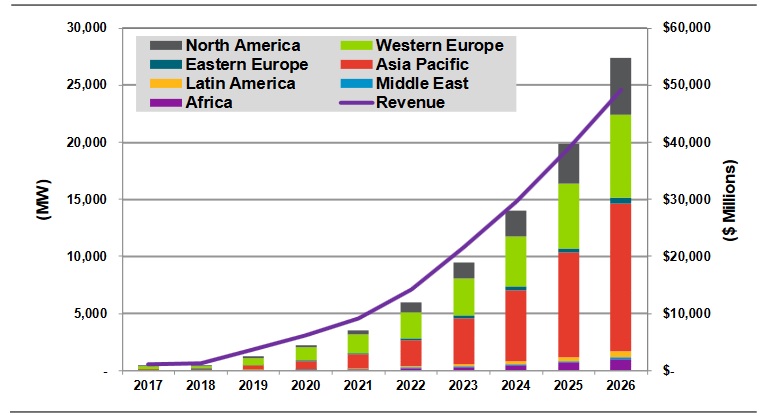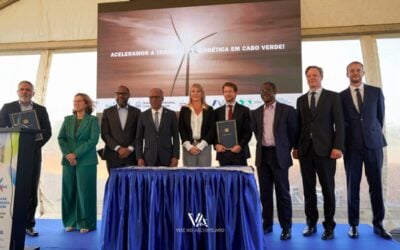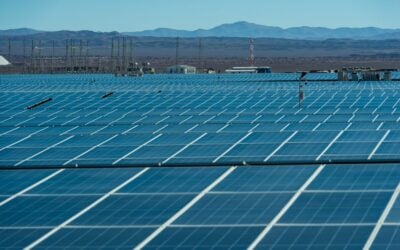
In less than 10 years, distributed solar-plus-storage systems will reach 27.4GW worldwide and be worth more than US$49.1 billion, with Asia and Western Europe leading the way, a new report from Navigant Research has forecast.
Focusing on drivers and barriers to adoption and global market trends, Navigant’s “Distributed solar PV plus energy storage systems” looks at PV and battery storage in the residential, commercial and industrial (C&I) and off-grid/remote sector market segments.
Distributed solar PV is an increasingly important part of both domestic and commercial electricity customers’ diversifying suite of energy options, as increasing numbers turn away from conventional utility supplier arrangements. Navigant says that soon, the value of standalone solar PV will be questionable without the addition of energy storage, particular in those remote and off-grid regions where it would form the backbone of new, distributed energy installations and networks.
Try Premium for just $1
- Full premium access for the first month at only $1
- Converts to an annual rate after 30 days unless cancelled
- Cancel anytime during the trial period
Premium Benefits
- Expert industry analysis and interviews
- Digital access to PV Tech Power journal
- Exclusive event discounts
Or get the full Premium subscription right away
Or continue reading this article for free
Three key drivers
Although “significant barriers” still remain, technical, economic and regulatory factors are coming together to drive forward the adoption of these twin technologies, Navigant says. Three of those main factors are:
- The ability to couple solar PV with battery energy storage and then to a virtual power plant network – in other words aggregating the capabilities of large numbers of solar and storage devices on distributed networks to provide grid services and energy capacity as well as integrating the solar for effective onsite self-consumption.
- Falling costs of the solar PV and battery energy storage system technologies, which make them ever-more competitive with retail electricity suppliers and enable the volumes needed for the aforementioned aggregation into virtual power plants.
- The added benefits of pairing solar with storage as opposed to standalone PV. Energy storage as a “unique resource that can function as both generation (when discharging) and load (when charging) can benefit both customers and grid alike.

Asia Pacific leading the charge
According to Navigant, Asia Pacific will be the leading regional market when the sector as a whole is expected to accelerate to a value of US$49.1 billion by 2026, totalling 27.4GW across the residential, C&I and remote/off-grid segments combined. Annual revenues for distributed solar and energy storage in the Asia Pacific region will reach almost half that total figure by 2026, US$23.1 billion, representing 12.9GW of installed capacity. Meanwhile the next-biggest region, Western Europe, will hit 7.3GW by that year, amounting to US$12.5 billion in revenues.
The full report gives overviews of each market segment, examines the drivers and barriers, including the potential impact of natural gas prices dropping and offers forecasting by geography and market segment for North America, Western Europe, Eastern Europe, Asia Pacific, Latin America, Middle East and Africa.
“An emerging confluence of technical, economic, and regulatory factors is beginning to drive growth in the residential, C&I, and remote, off-grid DSES markets. Beyond this, coupling battery energy storage technology with solar PV and virtual power plant (VPP) software technology will allow this class of DER to be dispatchable from a grid operator standpoint to address intermittency and provide grid services as well,” Navigant senior research analyst William Tokash said.





